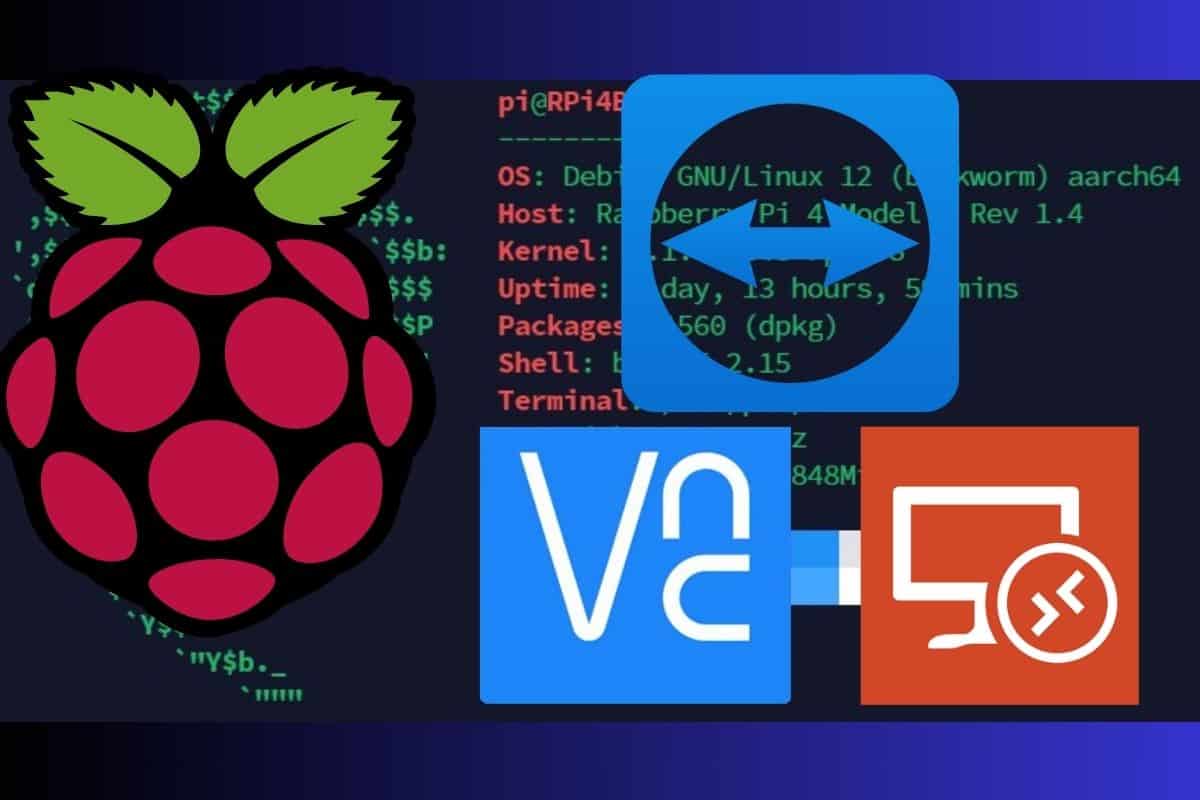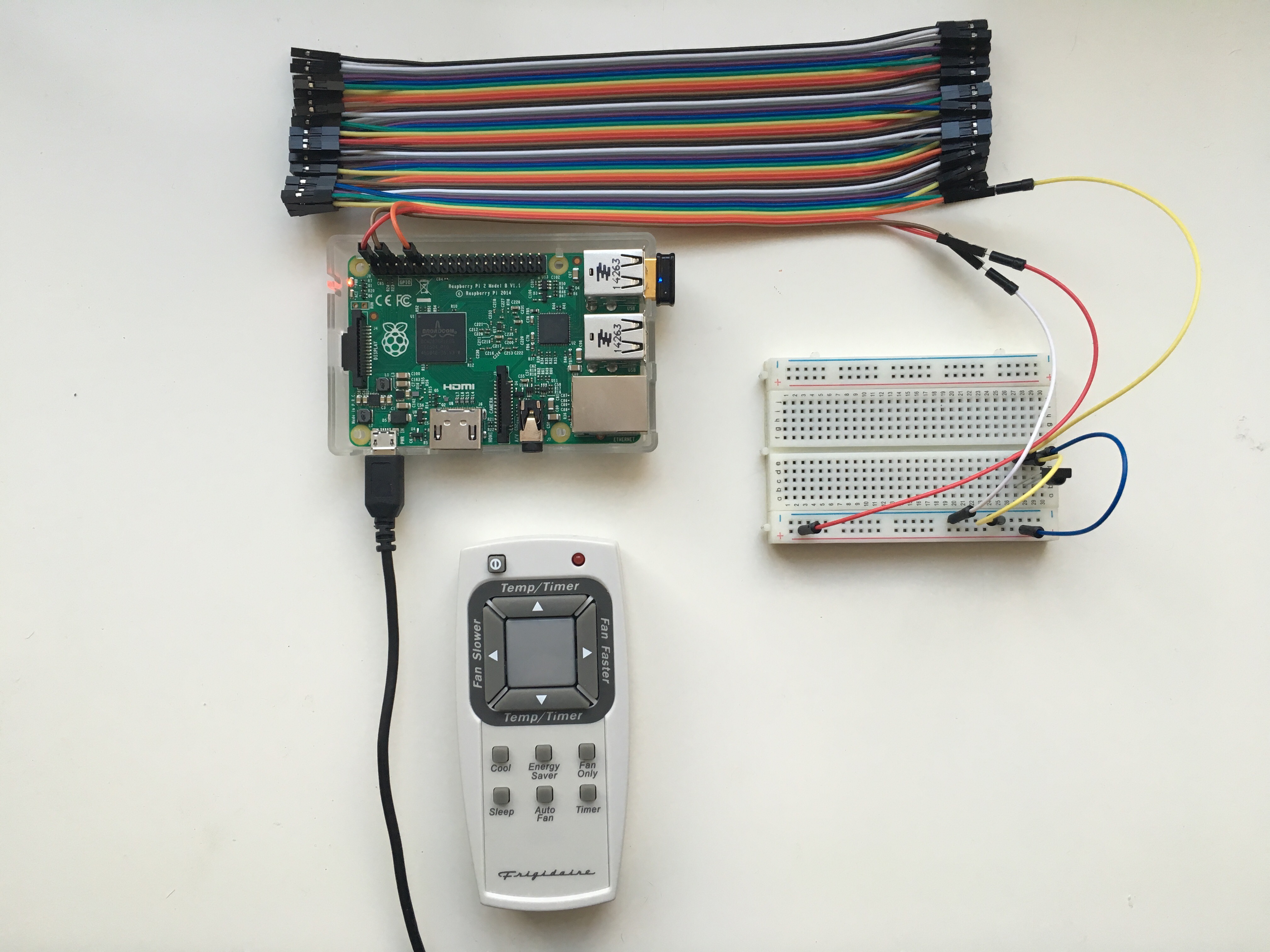Unlock Your Pi: Access Raspberry Pi Remotely Over Internet
Imagine the power of your Raspberry Pi, accessible from anywhere in the world. Whether you're on vacation, at work, or simply away from your home network, the ability to access your Raspberry Pi remotely over the internet opens up a world of possibilities. From managing home automation projects to accessing files or even troubleshooting issues, remote access transforms your compact computer into a truly global device.
This comprehensive guide will walk you through everything you need to know to set up remote access to your Raspberry Pi. We'll explore various methods, from simple command-line interfaces to full graphical desktop environments, ensuring you can choose the best solution for your needs. We'll also delve into crucial security considerations, because exposing any device to the internet requires a robust defense.
Table of Contents
- Understanding the Need for Remote Access to Your Raspberry Pi
- Security First: Non-Negotiable Practices for Remote Access
- Method 1: SSH - The Power of Terminal Access
- Method 2: VNC - Your Graphical Desktop, Anywhere
- Method 3: Raspberry Pi Connect - The Official, User-Friendly Way
- Method 4: Cloud Services & Tunnelling - Simplifying External Access
- Method 5: VPN - Building Your Own Secure Network Bridge
- Troubleshooting Common Remote Access Issues
- Conclusion: Mastering Remote Access to Your Raspberry Pi
Understanding the Need for Remote Access to Your Raspberry Pi
The Raspberry Pi, in its essence, is a versatile mini-computer. It can serve as a media center, a home automation hub, a web server, a surveillance system, or even a development machine. However, its true potential is unleashed when you can interact with it without being physically connected. Imagine you're away from home and need to check on your smart garden's sensors, restart a server, or simply access a file stored on your Pi. Without remote access, these tasks would be impossible. The traditional way to interact with a computer is to sit in front of it, connect a monitor, keyboard, and mouse. But with a Raspberry Pi, which is often tucked away in a corner, headless (without a monitor), or deployed in a remote location, this isn't practical. This is where the concept of "access Raspberry Pi remotely over internet" becomes not just a convenience, but a necessity. It allows you to take full control of your Raspberry Pi from anywhere in the world, transforming it into a truly ubiquitous computing resource. You’d usually need to jump through a lot of hoops, get an IP address, and tweak a router to access a Raspberry Pi (or any home computer for that matter) from outside your home network. Thankfully, modern solutions simplify this.Security First: Non-Negotiable Practices for Remote Access
Before we dive into the "how-to" of remote access, it's paramount to address security. Exposing any device, especially a Raspberry Pi, to the open internet without proper precautions is akin to leaving your front door wide open. Cyber threats are constant, and unsecured devices are prime targets for malicious actors looking to gain unauthorized access, steal data, or use your device for nefarious purposes. When you decide to access Raspberry Pi remotely over internet, you are essentially creating a pathway into your home network. This pathway must be secured.Why Security Matters When Exposing Your Pi to the Internet
The Raspberry Pi, while small, is a fully capable computer. If compromised, it can be used to: * Launch attacks on other devices within your home network. * Serve malicious content. * Become part of a botnet. * Steal sensitive data if any is stored on it or accessible through it. * Act as a pivot point to access other parts of your network. Therefore, every step taken to enable remote access must be accompanied by robust security measures.Essential Security Measures for Remote Pi Access
1. **Change Default Credentials:** This is the absolute first step. The default username `pi` and password `raspberry` are widely known. Change them immediately to something strong and unique. 2. **Keep Your System Updated:** Regularly update your Raspberry Pi's operating system and installed software. This ensures you have the latest security patches.


Detail Author:
- Name : Annamae Kris
- Username : kellen84
- Email : xcrist@reinger.org
- Birthdate : 1986-07-22
- Address : 864 Ramona Springs Augustinemouth, ID 51999
- Phone : +1.270.838.4237
- Company : Volkman-Jaskolski
- Job : Camera Operator
- Bio : Aliquam qui veritatis iure dolore. Eveniet maiores aperiam rerum qui. Et debitis dolorum consequatur minus assumenda.
Socials
twitter:
- url : https://twitter.com/samantha.shanahan
- username : samantha.shanahan
- bio : Omnis deserunt quo aut veniam modi. Illum et a qui delectus. Beatae quis amet voluptatibus et voluptatem sapiente asperiores.
- followers : 6467
- following : 2435
instagram:
- url : https://instagram.com/samantha_shanahan
- username : samantha_shanahan
- bio : Assumenda velit ut omnis eaque aut adipisci. Ut qui qui sed dolor.
- followers : 2636
- following : 2019
tiktok:
- url : https://tiktok.com/@shanahans
- username : shanahans
- bio : Quo eveniet repellendus deleniti neque. Et a voluptatibus aliquid unde.
- followers : 6737
- following : 2123
